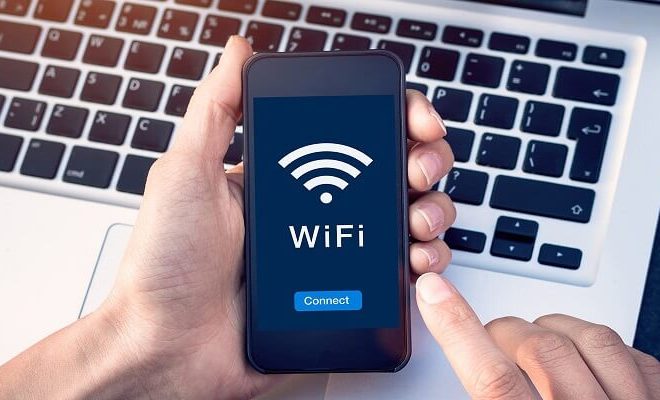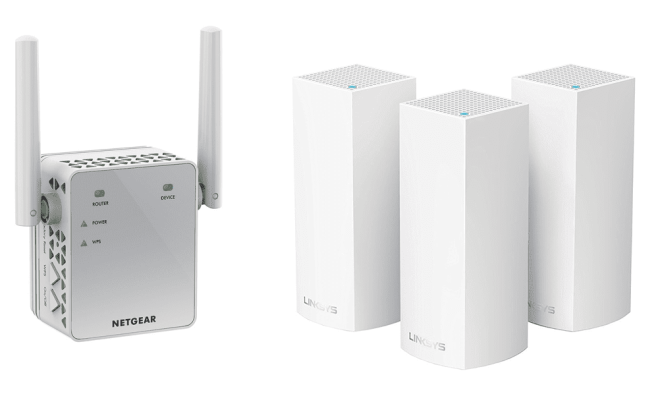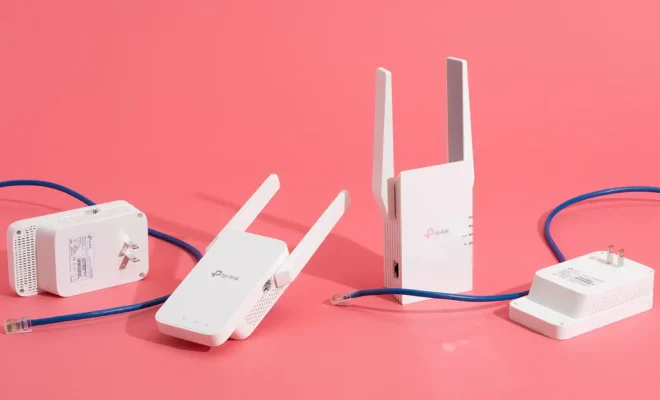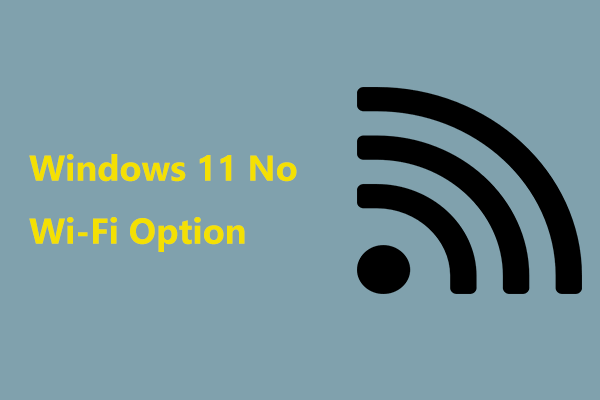Ways Hackers Use Public Wi-Fi to Steal Your Identity

As technology continues to advance, Wi-Fi has become a vital part of our daily lives. People depend on Wi-Fi to access the internet anywhere, any time, and on any device. It is critical to keep in mind that not all Wi-Fi is secure – especially public Wi-Fi. Although public Wi-Fi provides convenience, the risk of identity theft is high when connecting to networks that are not secure. Hackers use various methods to access your personal information on public Wi-Fi, and in this article, we will discuss some of those methods.
Man-in-the-Middle Attack
A Man-in-the-Middle (MITM) attack is when a hacker intercepts the communication between you and the Wi-Fi network you are connected to. This is done through the creation of a fake Wi-Fi access point that looks like a legitimate network. Once connected to the fake network, the hacker can track and access all your internet activities, including passwords, credit card information, and other sensitive data.
Fake Hotspot
Hackers often create fake Wi-Fi hotspots in public places like coffee shops, airports, and hotels. These hotspots may have names that are similar to legitimate networks, and unsuspecting users will connect to them, not realizing that they are putting themselves at risk. Once connected, the hackers can track all your activities on the hotspot, including intercepting your personal data.
Malware
Hackers can also use public Wi-Fi to distribute malware, which is malicious software that can infect your device and damage data. The malware can be propagated through emails, websites, or even downloads that may appear legitimate. When connected to public Wi-Fi, it is important to avoid downloading any suspicious files or clicking on links from unknown sources.
Sniffing
Sniffing is a method used by hackers to eavesdrop on network traffic. This is done by using special software that can capture the data that is being transmitted between your device and the Wi-Fi network. Sniffing can enable hackers to intercept personal information, such as passwords and credit card details.
Conclusion
In conclusion, identity theft is a serious issue, and it is important to take steps to protect yourself when using public Wi-Fi. It is recommended to avoid using public Wi-Fi networks that are not secured. When in doubt, it is better to use your mobile data or a personal hotspot. If you have to use public Wi-Fi, make sure you are connecting to secured networks, look for official Wi-Fi network names, and avoid using personal information, such as credit card details. Also, ensure that your device is updated with the latest security patches and avoid downloading suspicious files or clicking on unknown links. It is essential to stay vigilant and protect your identity by taking proactive steps to mitigate the risks associated with public Wi-Fi networks.






